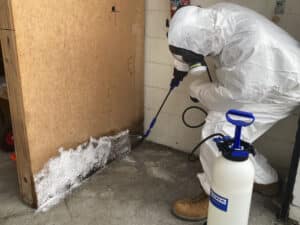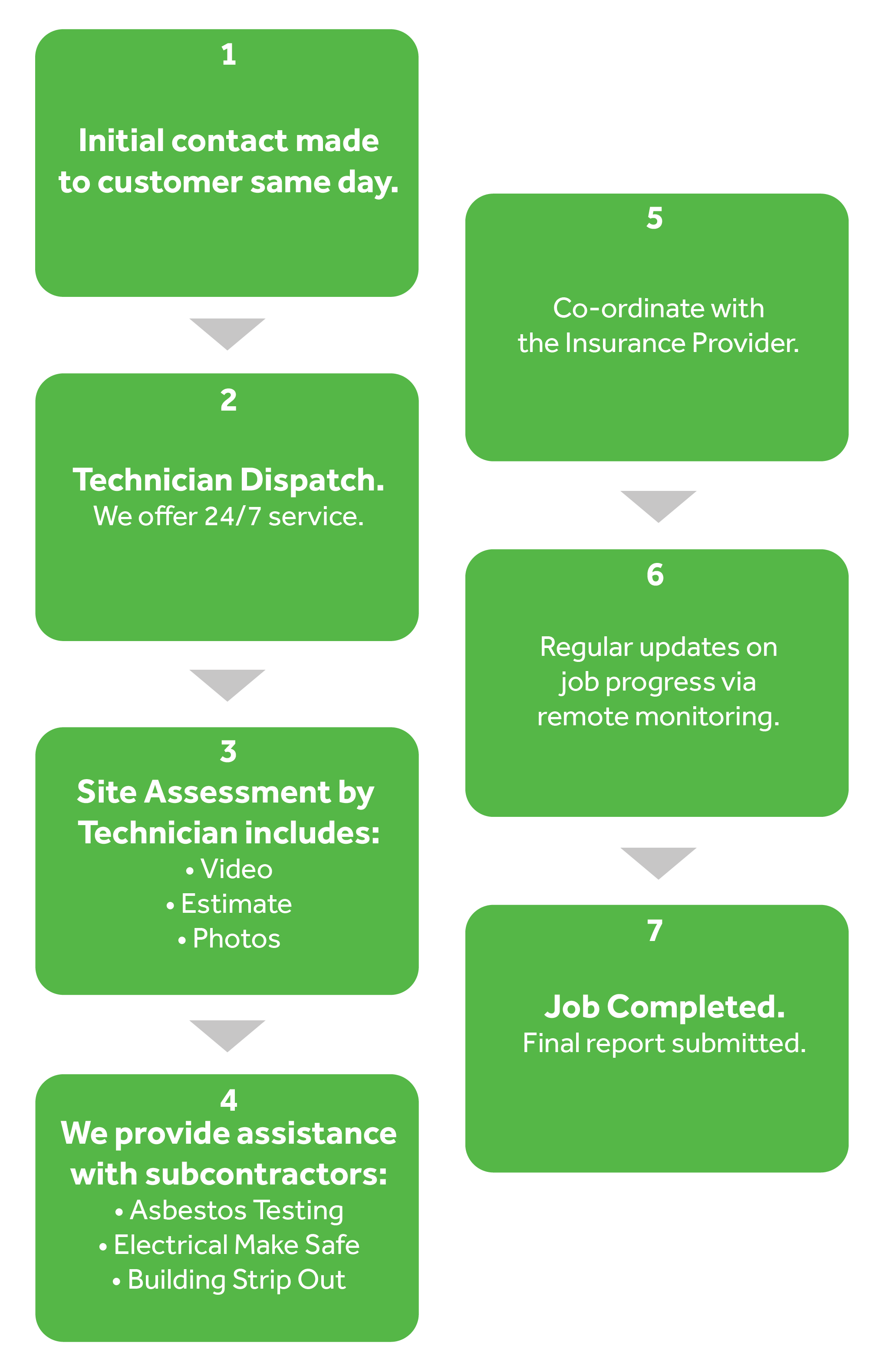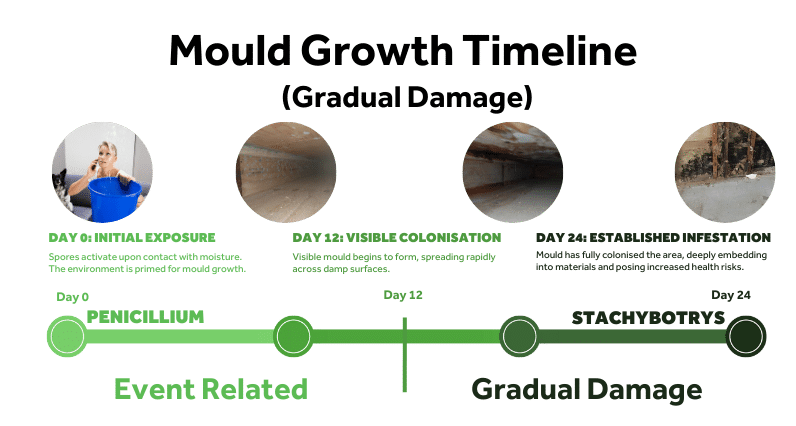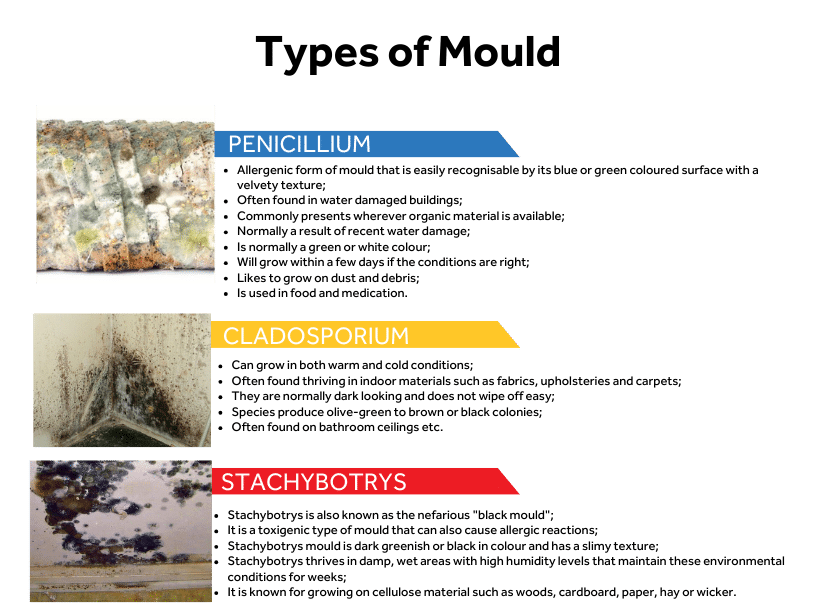Mould can pose significant health risks and damage to property if not handled correctly. Our team of specialists is equipped with the expertise and technology to identify, treat, and eradicate mould with precision and lasting results

What Sets Our Mould Remediation Apart?
- Thorough Inspection and Assessment: We begin with a comprehensive evaluation of your property to identify all areas affected by mould. This step is crucial for developing an effective remediation plan tailored to the specific needs of your environment.
- Advanced Remediation Techniques: Utilising the latest in mould remediation technology, we tackle mould at its source. From HEPA vacuuming to antimicrobial treatments, our methods are safe, effective, and aimed at preventing future growth.
- Preventative Measures: Beyond just removing visible mould, we focus on moisture control and other preventative strategies to ensure that mould does not return. This includes addressing the underlying causes of mould growth such as leaks, humidity, and condensation issues.
- Health and Safety Compliance: The health of your family, employees, or tenants is paramount. We adhere strictly to health and safety guidelines to ensure that all remediation activities are conducted safely and effectively.
- Detailed Reporting: After remediation, we provide detailed reports that outline the work performed, the results achieved, and recommendations for preventing future mould issues. This documentation is invaluable for property owners and can assist with insurance claims.
Mould Removal Process



